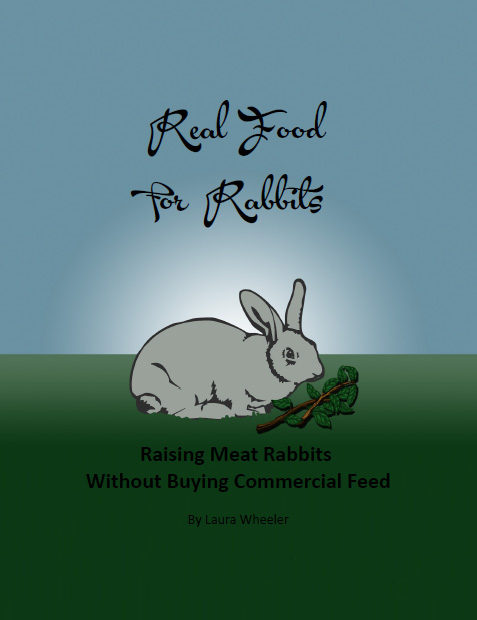Click to Download Your Free Heritage Pickling and Culturing e-Book Now!
Instant Download, NO Registration Required!
Pickling and Curing
Cured and brined foods have a long history in many cultures. Those foods may be vegetables, or meats. Many people use the term "lacto-fermenting" for pickling, and for some alcoholic ferments, but the term does NOT refer to the curing or brining of meats, because they do not form lacto-bacillus, which gives the term its name.
Some CULTURED foods DO fit in this category. Things like kefir, yogurt, buttermilk, and some other cultured milk products, because they DO form lacto-bacillus in the culturing process.
Lacto-fermentation is very trendy right now. In fact, we sell an airlock lid (unique design of our own invention) for making old fashioned brined pickles (Fermenta Cap).
Basically, lacto-fermentation is just pickling, or curing, with or without salt. Now, there is one really vital thing that you need to understand about lacto-fermentation, and healing the body.
Any food that has SIMPLE carbohydrates (that means sugars, fructose, or starchy sugars), will create alcohol. This means that if you ferment fruits (including tomatoes), beets, squash, potatoes, grains, or anything with sugar, honey, agave, etc, added to it, then you are making a ferment with alcohol. Alcohol ferments use the sugar instead of salt to encourage preservation. Vegetables without starchy sugars are brined with salt, and do not build significant amounts of alcohol. Milk ferments CAN do so, but usually are not fermented long enough to do so, and are generally not a concern.
It is important to understand that, and to understand that Alcohol is HARMFUL to the digestive tract, and to neural cells, and to endocrine cells in the body. Small amounts are generally something the body easily compensates for. But larger amounts - amounts high enough to create fizz, or tingle in the ferment - are harmful to the digestive tract, AND they are classed as "alcoholic" by the Federal Government. But the real reason you don't want to use those, is because alcohol KILLS living cells (it is used as a preservative and disinfectant because cells and microbes cannot grow in it, it kills them). You don't want to put that into your digestive tract if you are trying to heal, any more than you'd want to drink chlorine.
So when we talk about Cured and Pickled foods, we are NOT talking about anything alcoholic.
We are talking about kraut, pickles, and milk cultures. These foods are good preserved foods, because they are LIVING foods, with plenty of healthy microbes, and nutrients that are either intact or enhanced.
Cultured or pickled foods are NOT MORE healthy than fresh foods!
Raw milk is a fresh food, kefir is a cultured food. They are BOTH very healthy, and BOTH are nutrient dense, they simply contain a DIFFERENT complement of microbes, and a slightly different balance of nutrients.
Cucumbers and cabbage are healthy fresh food. Cabbage is known to aid in healing the digestive tract. Pickles and kraut are healthy brined and cured food. Both are nutrient dense, with slightly different microbial and nutritional complements.
Traditionally, cured foods were NOT served daily. They were often used as condiments, or as seasonings (meats were often used that way), and they were used in winter when fresh was no longer available.
That is the healthiest way to use them in a balanced diet. Use pickling, curing, and culturing to preserve foods longer when you have a surplus of them, because they will store longer than fresh.
Yogurt and kefir are helpful for healing the digestive tract, and overcoming lactose intolerance, and for helping with chronic digestive disorders. Kefir and yogurt also store longer in the fridge than fresh raw milk, so you can use it to get you through a spell without milk, or to help you so you don't have to go out of your way for raw milk quite so often.
Using these foods in a traditional manner helps to provide healthy food year-round, as part of a more natural seasonal eating pattern.
Notice
The information on this site is presented for informational purposes only, and consists of the opinions and experiences of the site authors. It is not to be construed as medical advice or to be used to diagnose or treat any illness. Seek the assistance of a medical professional in implementing any nutritional changes with the goal of treating any medical condition. The historical and nutritional information presented here can be verified by a simple web search.
I do what I do because I understand the science behind it, and I've researched worldwide sources to verify the safety of my practices to my own satisfaction. Please do your own research, and proceed AT YOUR OWN RISK.







